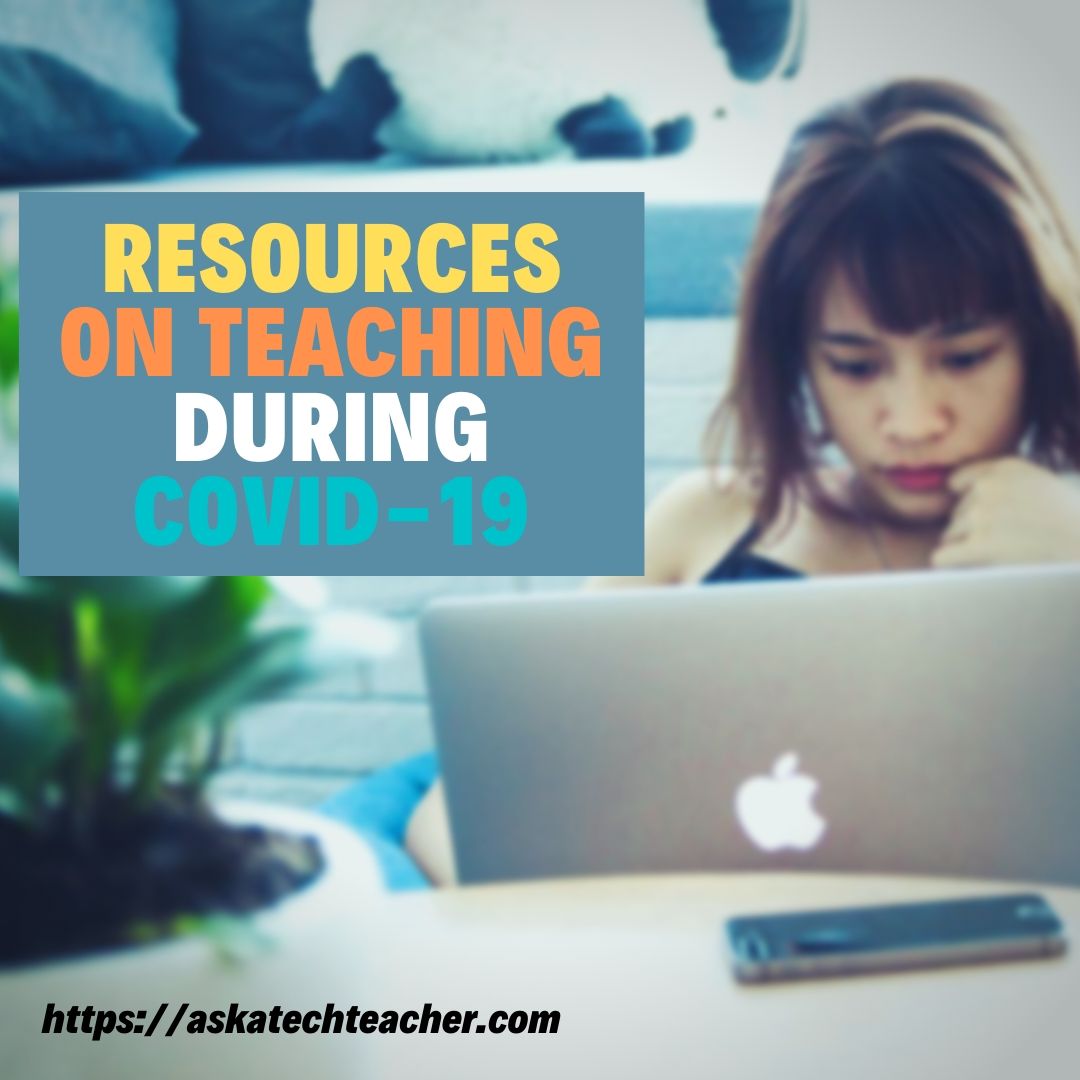Personalized learning is the latest buzzword in an education environment bursting with new ideas but this one is impressive. In a sentence, personalized learning:
“tailors instruction, expression of learning, and assessment to each student’s unique needs and preferences.” — ISTE
If you think it sounds like differentiated instruction, it does with this caveat: Personalized learning is student-directed, student-paced, and designed for each learner.
Why switch to personalized learning?
There are many reasons to take a deep dive into personalized learning. Some schools realize students aren’t learning to their full potential. They see this not just in test results but in student response to the grade-level curricula. They feel it is unrelated to what happens to them outside of school. We as teachers know that math and science can easily be taught using real-life experiences in lieu of a textbook. The problem in the past has been convincing our learning partners of that truth. Now, anecdotal evidence shows that well-delivered personalized learning encourages excitement about learning, improves test scores, and leaves students wanting to learn even complicated math and science topics.
How do you make this happen?
Personalized learning must start with flexible learning spaces. Look at your classroom layout. Is it conducive to learner-driven individual activities where students pursue knowledge in ways best-suited to their learning style? If not, make this change in the physical environment first. Here are suggestions by primary school teacher Chris Andrews (with a picture of a personalized learning classroom).
Second: Free up your teaching time by automating the tedious tasks required to run a classroom. Use the self-grading features of programs like Google Forms to assess student work. Use robust Learning Management Systems like Google Classroom to automatically deliver assignments to an entire class or specific individuals. Let students try to troubleshoot their own problems before you step in, encouraging the type of learning that goes hand in hand with student success.
Third: Give up your traditional role as “sage on the stage”. There is no need to spend hours preparing the perfect lesson plan (that we-all know rarely survives its roll-out) and then stress over the flawless delivery that will enrapture your students. In a personalized learning ecosystem, you are “guide on the side”. You are there to assist, answer questions, and provide direction as needed, but not make decisions.
Fourth: Expect the learning ecosystem to extend beyond the classroom. This includes students’ homes, community and extracurricular interests. Involve parents as partners in student learning. In fact, welcome them and listen to their suggestions. Be prepared to educate them on the difference between a traditional classroom and one that relies on personalized learning.
Fifth: Ask students to set their own goals. Discuss what you want to accomplish this school year and let them formulate how best to make this happen in ways that suit their learning style. Follow up with meaningful self-reflection. A good tool for this is Sown to Grow (click here for my review).
Sixth: Consider student-led conferences where students sum up their learning in a meeting with you and their parents. Done well, these have spectacular results. A variation of that is Google Certified Innovator, international trainer, blended learning expert Catlin Tucker’s “grade interviews“. Here’s how Caitlin explains that:
“As grade reporting approaches, I sit down with every single student for a grade interview. Students come to these grade interviews prepared with a formal argument. These conversations are invaluable. Students walk away knowing exactly what they need to work on or what they are doing well. Also, I feel like I know my students so much better because we sit down and chat about their learning every 5-6 weeks!”
Click for her full post on that.
Seventh: Have students plan their lessons with personalized playlists. These sequenced activities organize their learning and provide a path to reaching the goals they established for themselves.
Finally: Trust students to take responsibility for their learning. This is difficult and likely won’t work on the first day. Or week. But as students accept that they are competent to do this, understand the process, and believe that you as their teacher trust them, you’ll be amazed at its effectiveness.
A note: Personalized learning is tech-intensive. I’m not saying it requires a degree in IT to administer. It doesn’t. Today’s edtech tools are mostly intuitive to learn, simple to use, and equitably free (especially with education accounts). ISTE says the typical personalized learning backpack includes:
- Reading: Voice Dream, Speak Selection
- Brainstorming: Popplet, SimpleMind
- Writing: Storykit, Book Creator
- Collaborating: Skype
- Organizing: DropBox, Toodledo
- Note-taking: Notability, Audio Note, Evernote
- Researching: WolframAlpha
- Presenting: iMovie, Keynote, Educreations
Myths about Personalized Learning
It takes too long. I won’t lie — it will take a time commitment to make the switch. But once you’re past that hurdle, you find that students do much of the work. Yes, you’ll have to restructure your old lesson plans but let’s be honest: Shouldn’t you do that anyway?
It’s chaotic. Students sit all over the place, rarely in their assigned seats. You won’t know where to find them without looking around the classroom. Where you’ll always find them is in a place of learning and a state of excitement over what they’re doing.
It won’t work in my classroom. The answer to this is easy: Change your classroom layout. Explain to your Principal why the old-style classroom setup (please don’t tell me you still have rows of desks) doesn’t work as well for student learning as the free-flowing personalized layout.
It’s impossible to grade because no two students are at the same point in learning. Think about that statement: “no two students are at the same point in learning”. Is that ever true in a classroom? With the multitude of learning styles, each student’s varied pace of learning, and their ability to make connections, don’t we already celebrate the self-paced, self-guided instruction that statistically ends in better learning?
It’s tech-intensive. It doesn’t have to be. Many teachers tell me that in their personalized learning approach, tech plays a minor role. The mindset of putting students in charge of their learning is the biggest shift.
It’s expensive. The addendum to this is, “We don’t have most of the tools listed above.” This is another easy one — use what you have. If you’re a Google school, use Slides for presenting and Keep for notetaking. If you don’t have an expensive LMS, use Edmodo. Consider what students need to express themselves and apply your existing tech tools to those jobs. It’s also worth noting that this doesn’t require a 1:1 environment. Encourage collaboration and sharing in place of the expense of a personal digital device.
***
Education has moved beyond the “one-stop shop” where serving the majority is a good enough result. With options like Growth Mindset, Depth of Knowledge, and personalized learning, we can offer a path to knowledge that will work for everyone. What approach works best in your classroom?
Jacqui Murray has been teaching K-18 technology for 30 years. She is the editor/author of over a hundred tech ed resources including a K-12 technology curriculum, K-8 keyboard curriculum, K-8 Digital Citizenship curriculum. She is an adjunct professor in tech ed, Master Teacher, webmaster for four blogs, an Amazon Vine Voice, CSTA presentation reviewer, freelance journalist on tech ed topics, contributor to NEA Today, and author of the tech thrillers, To Hunt a Sub and Twenty-four Days. You can find her resources at Structured Learning.



































1 thought on “Differentiating with Personalized Learning”
Comments are closed.